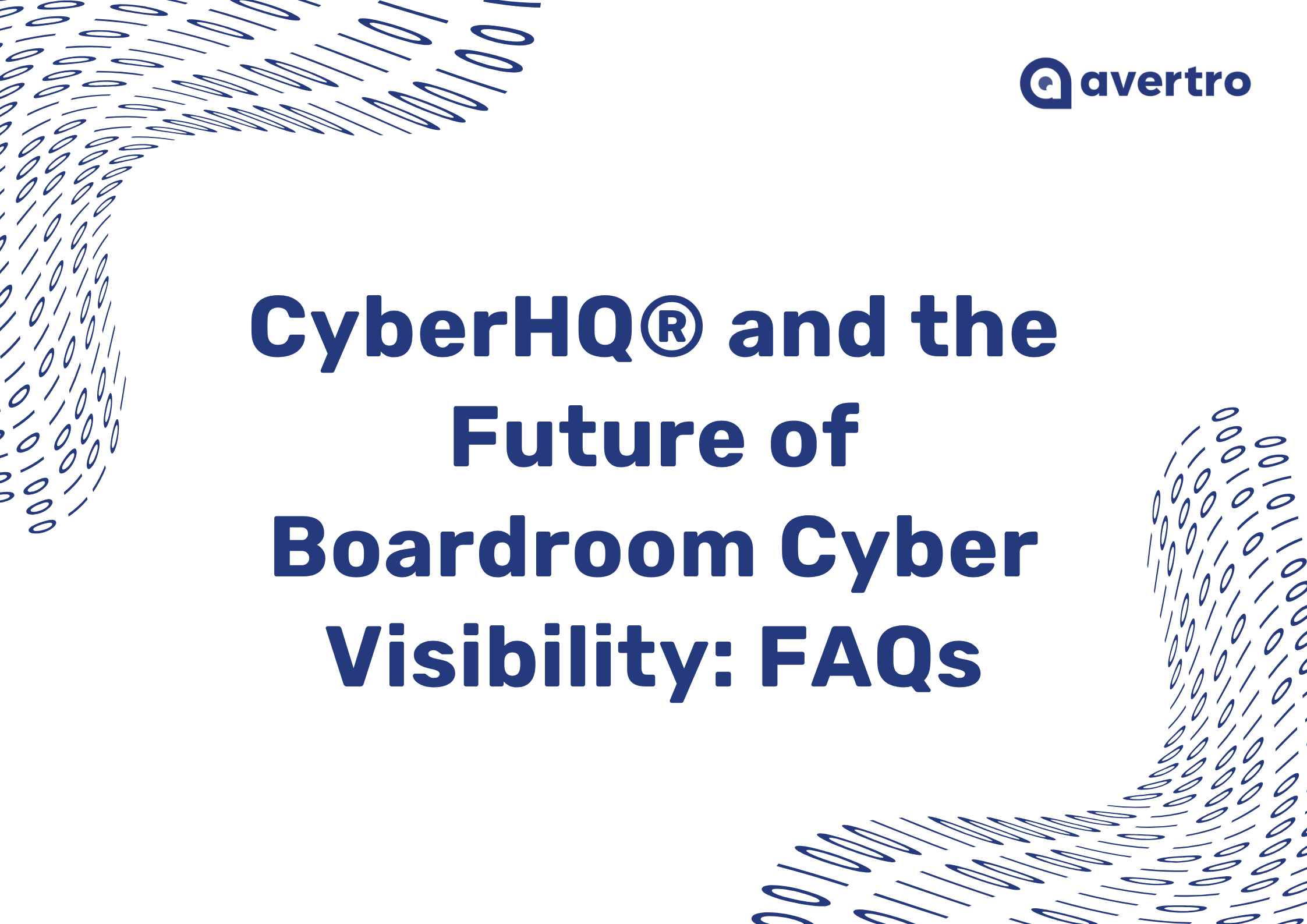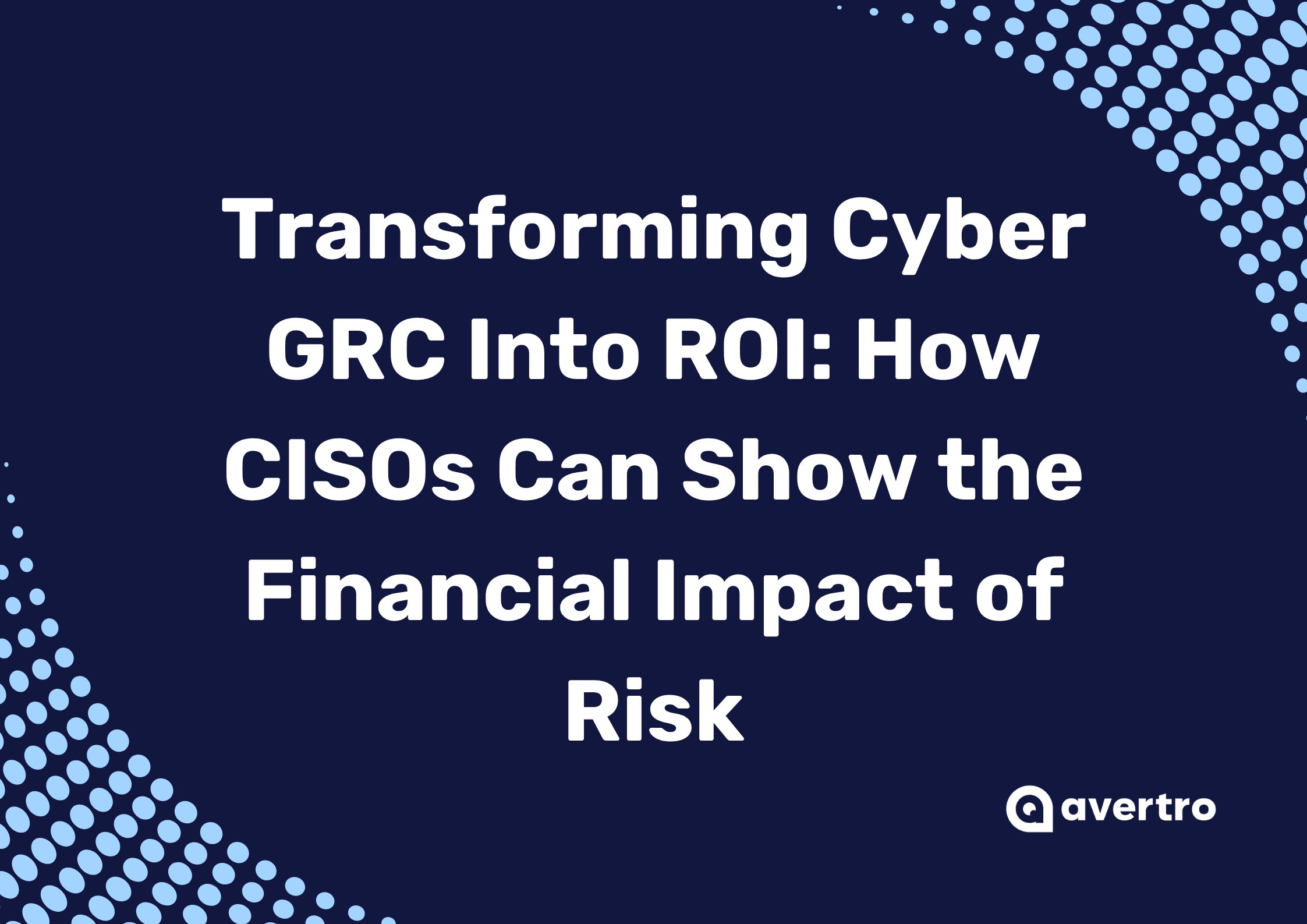Implementing effective cyber governance within an organization is a critical step towards safeguarding its digital assets and ensuring operational resilience. This process, far from being a static set of rules, requires a dynamic and ongoing commitment to adapting cybersecurity practices in line with evolving threats and business objectives. This comprehensive guide outlines the essential steps and strategies necessary for the practical establishment and maintenance of a robust cyber governance framework.
1. Securing Buy-in from Business Leaders
The journey towards effective cyber governance begins with securing the commitment and support of senior leaders within the organization. Leadership buy-in is essential for driving the cybersecurity agenda, ensuring the allocation of necessary resources, and integrating cybersecurity into the broader business strategy. To achieve this, security leaders must effectively communicate the importance of robust governance in non-technical terms, highlighting the strategic value of funding cybersecurity initiatives. A centralized, automated approach to storytelling can significantly enhance this process, allowing for a more defensible and comprehensible presentation of the cybersecurity strategy to non-technical stakeholders.
2. Conducting a Comprehensive Risk Assessment
Understanding the organization's risk landscape is paramount. This involves identifying potential cybersecurity threats, assessing their likelihood and impact, and determining the organization’s risk tolerance. A comprehensive risk assessment lays the groundwork for a tailored cyber governance strategy, addressing specific vulnerabilities and threats. Employing a standardized risk assessment framework, while also considering the organization's unique risk factors, ensures a thorough understanding of the inherent risks and facilitates the development of an effective governance strategy.
3. Developing and Enforcing Policies and Procedures
The backbone of cyber governance is clear, comprehensive, and enforceable policies and procedures covering all aspects of cybersecurity. Regular training and awareness programs are crucial to ensure all employees understand and adhere to these guidelines. However, the mere existence of policies and procedures is insufficient; their communication and enforcement are key to their effectiveness. Policies must be actively maintained and enforced to prevent them from becoming obsolete documents that fail to impact the organization's cybersecurity posture.
4. Aligning Cybersecurity with Business Objectives
Effective cyber governance must be seamlessly integrated with the organization’s overall business objectives, ensuring that cybersecurity measures support rather than impede operational efficiency. This requires regular communication between security teams and other business units to synchronize cybersecurity strategies with business development plans. Achieving this alignment necessitates open communication and education, ensuring that the cybersecurity program not only aligns with but also facilitates the achievement of business objectives.
5. Investing in Technology and Expertise
The right technology and expertise are critical components of effective cyber governance. This includes not only advanced security management software and systems but also the recruitment of skilled cybersecurity professionals. Continuous investment in both technology and training is essential to keep pace with the rapidly evolving cyber threat landscape. Effective cybersecurity leaders must secure the support and budgets necessary to procure the right technologies and hire competent personnel, aligning the cybersecurity function with business objectives in a language that resonates with senior leadership.
6. Regular Monitoring and Continuous Improvement
Cyber governance is not a one-time implementation but a continuous process that requires regular oversight and adaptation. This involves monitoring cybersecurity threats, risks, and controls, conducting assurance audits, maintaining and enforcing up-to-date policies and procedures, and ensuring ongoing senior leadership support. Beyond these activities, cybersecurity teams must strive for continuous improvement, driven by regular reviews and adjustments to new threats, technologies, and business objectives. A central management system serves as an effective enabler for regularly monitoring and continuously improving cyber governance capabilities, acting as a centralized source of truth for managing various cybersecurity aspects.
Conclusion
Implementing cyber governance is an intricate process that demands a proactive approach, significant resources, and an unwavering commitment to adaptation and improvement. It is a journey marked by the constant evolution of threats and the need to align cybersecurity practices with the broader goals of the organization. By following these essential steps and strategies, organizations can establish a robust and functional cyber governance framework, fostering a culture of security awareness and ensuring the resilience and security of their digital assets in the face of ever-changing cyber threats.
How Avertro Can Help With Cyber Governance
CyberHQ® is specifically designed to empower cybersecurity leaders in making informed and strategic cybersecurity decisions, thereby enhancing their cyber resilience. CyberHQ® reduces the manual effort typically required in cybersecurity management by offering a suite of modules that streamline processes. It enables cybersecurity leaders to efficiently prioritize cybersecurity strategies and expenditures, aligning them with their overall business objectives. This is particularly beneficial for entities looking to refine their cybersecurity posture while ensuring compliance with various standards and frameworks. With its focus on data-driven insights and strategic decision-making, CyberHQ® is well-suited for cybersecurity leaders seeking a comprehensive and advanced approach to implementing robust cyber governance

.png)





